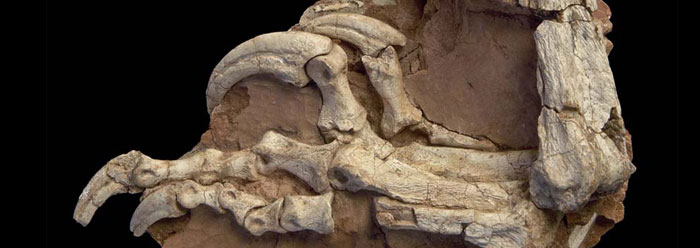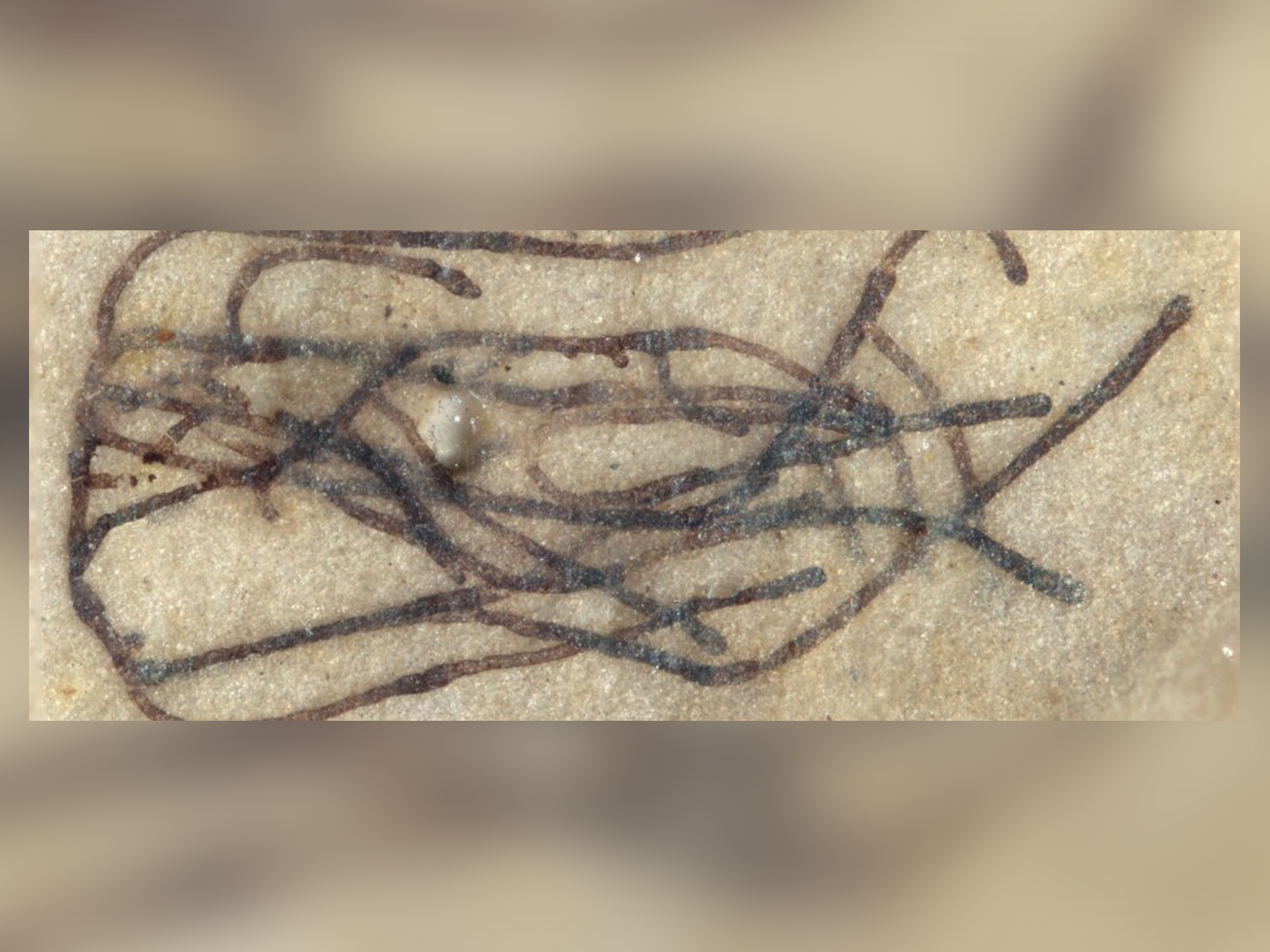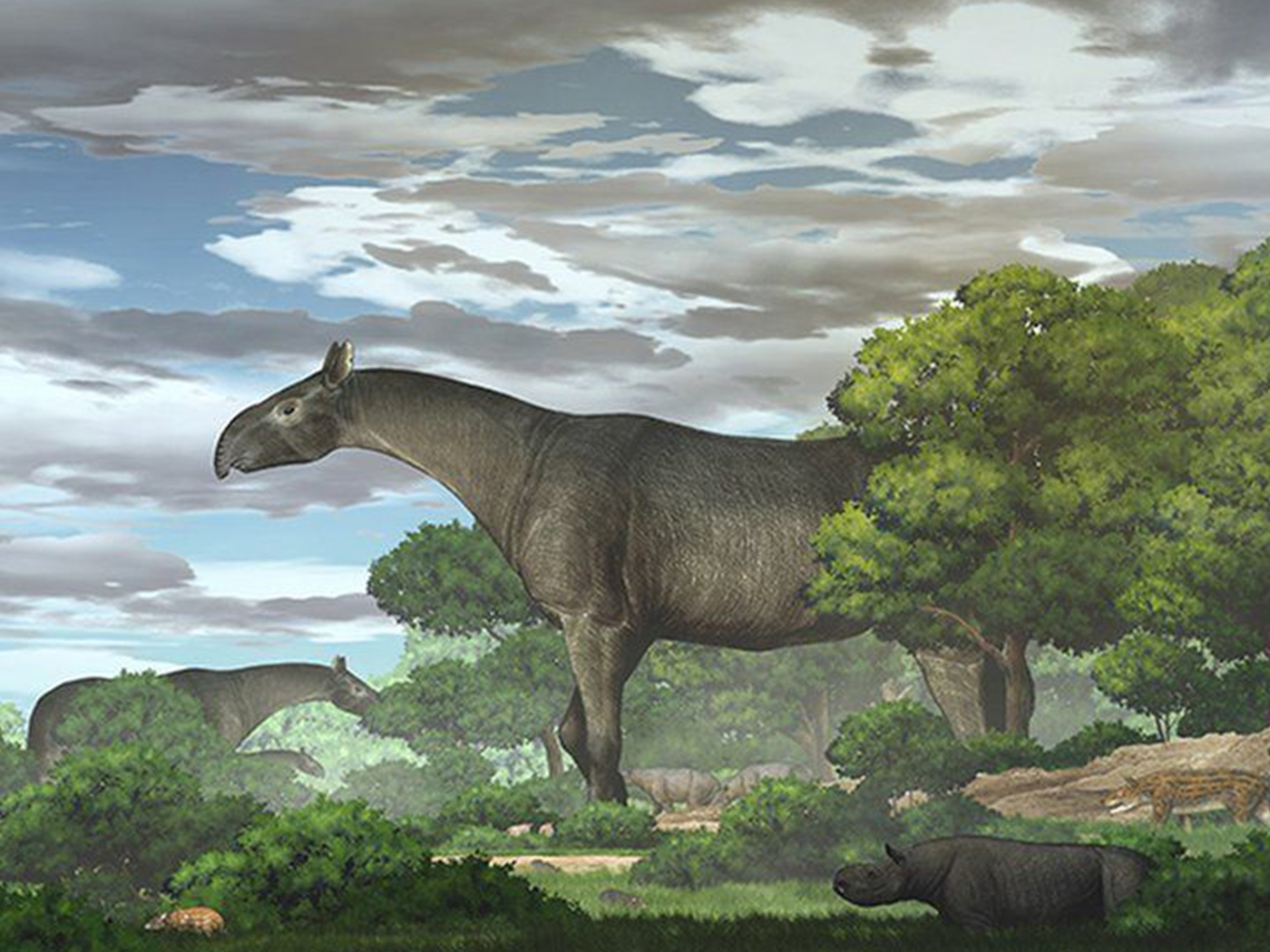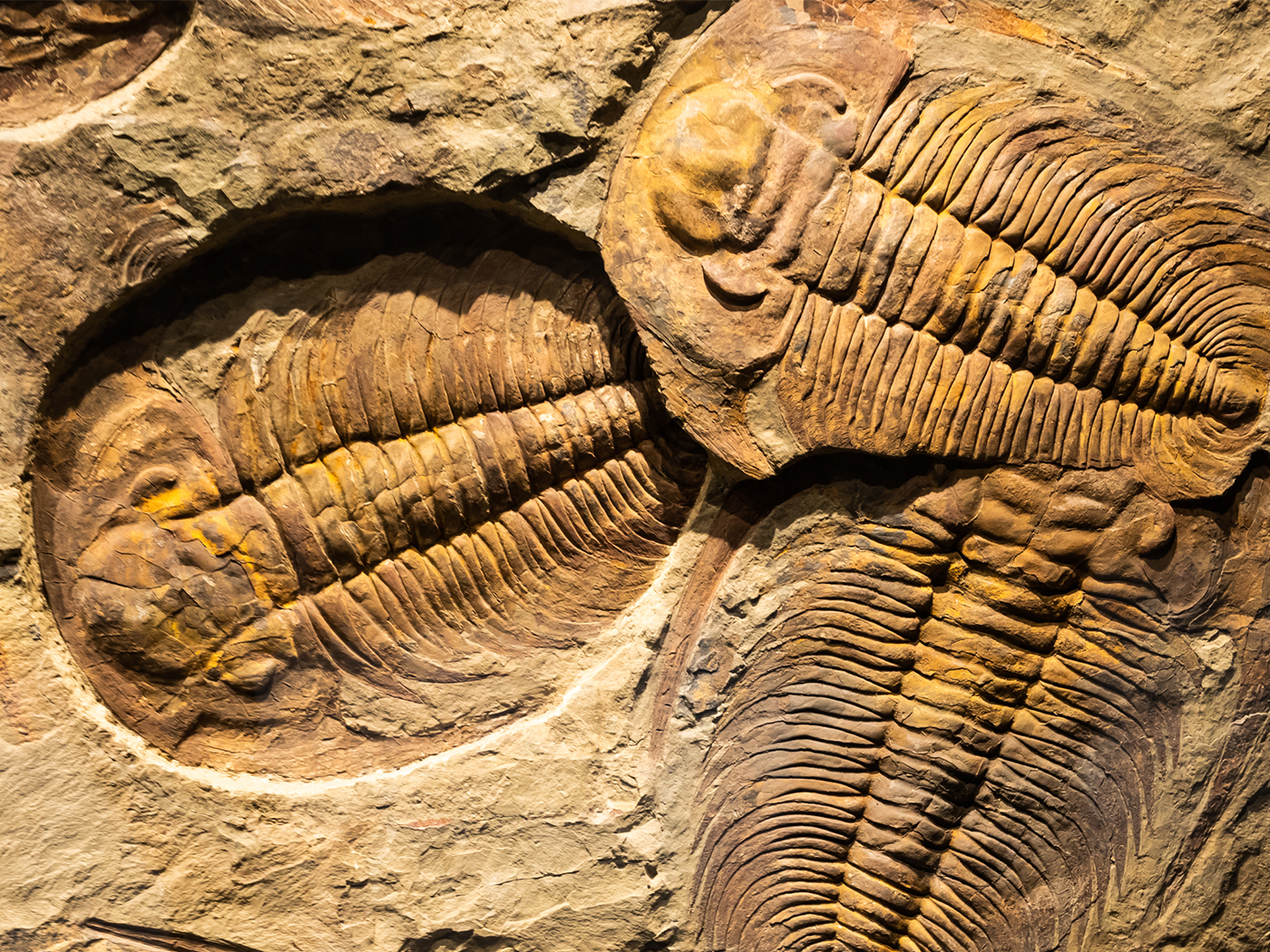Some dinosaurs had a "sickle-claw," made famous by the man-hunting Velociraptors in the movie Jurassic Park. Now, paleontologists have described a new dinosaur from Transylvania, Romania, that was quite similar to the Velociraptor in size and general shape. But it had very unique bone and muscle structure, including two large sickle-claws on each foot.
The dinosaur, named Balaur bondoc, was deemed to be related to medium-sized, two-legged running dinosaurs known as dromaeosaurs. Did this unique creature share ancestry with other dromaeosaurs? If so, which ones and in what way?
Publishing in the Proceedings of the National Academy of Sciences, lead author Zoltán Csiki of the University of Bucharest and his colleagues characterized the new dinosaur as "aberrant," having a "peculiar body plan."1
Some of its foot bones were "fused" together, in contrast with the many articulating ankle bones that other walking vertebrates have. It had oversized femoral muscle attachment points, prompting a Discovery News article to label it a "kickboxer."2 Balaur is also the first dinosaur discovered with two "snap-down" claws on each leg. If its claw toes were cocked upward, that would leave only two toes on which to walk. What kept it from being wobbly?
The study's authors noted that Balaur's foot was uniquely stabilized by the fused foot bones, large femoral muscle, shortened rear leg bones, and by a special hip structure that "braced articulation between the femur and pelvis."1 It thus appears that although this creature was different from other dinosaurs, each of its differences was effectively coordinated to make it perfectly functional for its particular two-toed mode of living.
What can these unique features reveal about the relatedness of Balaur to other dromaeosaurs? Csiki told Discovery News that the dromaeosaurs Deinonychus and Velociraptor were "both close relatives" of Balaur. However, the details showed that "Balaur is unlike BOTH its predecessors and its contemporaries. It is simply unique...for now, at least."2
So, which is it? Was Balaur like or unlike other dromaeosaurs? Does the data show that it was "related" or "simply unique"? If its peculiar features consisted of interrelated parts that must all have been put in place at one time in order for any to function, then how could it truly be related to different dinosaur kinds?
This new dinosaur adds to a long list of fossilized creatures--from every known group of animal and plant--that showcases a tried-and-true trend from the fossil record: discontinuity.
In contrast to the standard evolutionary doctrine that all creatures share ancestry and therefore are part of a continuous chain of development, every creature that appears in the fossil record looks fully formed and discretely completed in its structure. Examples such as a Cambrian squid,3 a unique pterosaur,4 human footprints in ancient rock,5 a preserved gecko foot,6 a unique lemur-like primate,7 the bizarre but functional Cambrian "Hurdia,"8 a new New Mexico dinosaur named "Tawa,"9 and a spectacular fossilized spider all exemplify discontinuity.10
Discontinuity so aptly characterizes living and once-living forms that it prompted Stephen J. Gould and Niles Eldredge in 1972 to propose their famous reformulation of evolution called "punctuated equilibrium," which held that creatures mostly exist in equilibrium, experiencing no changes in their body forms for eons. But every once in a long while, this stable existence is somehow punctuated by drastic evolutionary leaps to new and fundamentally different forms.
The stable forms, in "equilibrium," are what the data actually show. Any perceived change from one fundamental form into another is just an inference from evolutionary belief, one that is not borne out by fossil evidence. Balaur demonstrates yet again that creatures always appear fully formed and uniquely, but effectively, structured--as though they were intentionally fashioned from the beginning in their unique forms. In fact, that's exactly the way the fossil record reads.
References
- Csiki, Z. et al. 2010. An aberrant island-dwelling theropod dinosaur from the Late Cretaceous of Romania. Proceedings of the National Academy of Sciences. 107 (35): 15357-15361.
- Viegas, J. Transylvania Dinosaurs Prove Reality Can Be Stranger than Fiction. Discovery News. Posted on news.discovery.com August 30, 2010, accessed September 7, 2010.
- Thomas, B. Squid-like Fossil Is a Slippery Challenge for Evolution. ICR News. Posted on icr.org June 7, 2010, accessed September 7, 2010.
- Thomas, B. New Pterosaur Fossil Forces Re-think of Standard Evolution. ICR News. Posted on icr.org October 21, 2009, accessed September 7, 2010.
- Thomas, B. Ancient Human Footprints Look Modern. ICR News. Posted on icr.org March 6, 2009, accessed September 7, 2010.
- Thomas, B. Fossilized Gecko Fits Creation Model. ICR News. Posted on icr.org September 8, 2008, accessed September 7, 2010.
- Thomas, B. 2009. The Ida Fossil: A Clever Campaign for a Lackluster 'Link'. Acts & Facts. 38 (7): 17.
- Thomas, B. 'Totally Strange' Hurdia a Hurdle for Evolution. ICR News. Posted on icr.org September 9, 2009, accessed September 7, 2010.
- Thomas, B. New Dinosaur Causes New Confusion. ICR News. Posted on icr.org December 18, 2009, accessed September 7, 2010.
- Thomas, B. Spectacular Spider Is a Long-Living Fossil. ICR News. Posted on icr.org February 24, 2010, accessed September 7, 2010.
Image credit: Mick Ellison. Adapted from Csiki, Z. et al [2010. An aberrant island-dwelling theropod dinosaur from the Late Cretaceous of Romania. PNAS. 107 (35): 15357-15361] for use in accordance with federal copyright (fair use doctrine) law.
* Mr. Thomas is Science Writer at the Institute for Creation Research.
Article posted on September 15, 2010.























